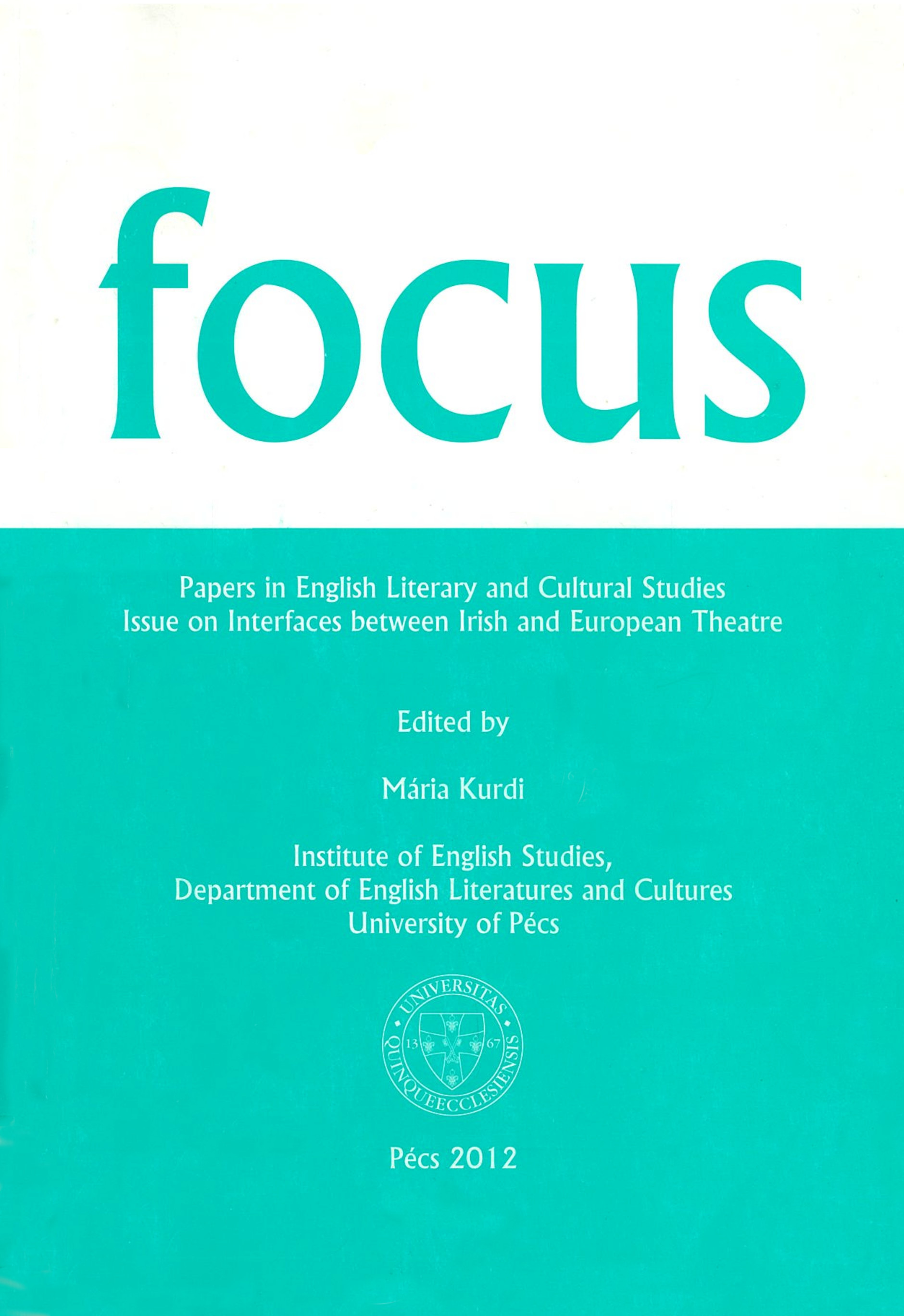Liminal figures in Marina Carr’s Woman and Scarecrow and Emma Dante’s Vita mia
DOI:
https://doi.org/10.15170/Focus.8.2012.1.115-124Abstract
This article explores the thematic preoccupation with death and dying in the works of Italian theatre practitioner Emma Dante and Irish playwright Marina Carr. Unlike modern narratives that sharply delineate between life and death, Dante and Carr's writings blur these boundaries, featuring characters who exist in liminal spaces between life and death. Drawing on Victor Turner's theory of liminality, this paper examines these "betwixt and between" characters in two plays: Dante's "Vita mia" and Carr's "Woman and Scarecrow." Both plays challenge and reimagine the conventions of deathbed scenes.
Downloads
Published
How to Cite
Issue
Section
License

This work is licensed under a Creative Commons Attribution-NonCommercial-NoDerivatives 4.0 International License.
FOCUS: Papers in English Literary and Cultural Studies follows the principles laid down by Creative Commons, which provides guarantees for the Author’s copyright while also ensuring that intellectual properties are made available for the wider public in a digital form. All papers submitted to the journal apply the following licence conditions (indicated on the journal’s website as well as in individual publications):
“© This work is licensed under a Creative Commons Attribution-NonCommercial-NoDerivatives 4.0 International License.”
You are free to:
- Share, copy and redistribute the material included in the journal in any medium or format under the following terms:
- Attribution — You must give appropriate credit to the Author, and indicate the original place of publication [FOCUS: Papers in English Literary and Cultural Studies, Issue nr., page numbers.].
- NonCommercial — You may not use the material for commercial purposes.
- NoDerivatives — You are not allowed to remix, transform, or build upon the material.
- The above conditions must always be indicated if the journal material is distributed in any form.
- The above conditions must always be met, unless a written permission signed by the Author and the Editor-in-Chief states otherwise.

